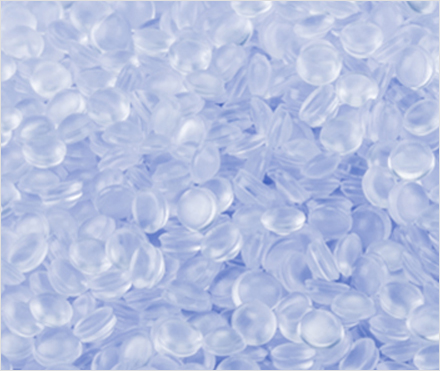
SER-T Series Polyether HFFR TPU&TPE
Applied Fields:
HFFR wire/cable with good hydrolysis, antimicrobial, low-temperature properties.
Characteristics:
1. Polyether elastomer base;
2. Flame Retardant Level:1.5mm V0, support VW-1;
3. Physical characteristics: can support wire/cable to pass UL 1581/758/62 test and non-migration test;
4. Surface effect: fine and smooth surface and soft-touch feel without heterogeneous, pits, whiten, sticky and etc defects, can return gloss, matte and semi-matte surface effect through control of die temperature, nearly no precipitation on the surface;
5. Outstanding hydrolysis, antimicrobial, low-temperature properties.
| Technical Data Sheet | Model | ||||
| Items | Material Properties | Test Standard | Test Condition | Unit | |
| General Characteristics | Material Category | - | - | - | |
| Appearance(Light/Semi-matte/Frosted) | - | - | - | ||
| Extrusion/Injection | - | - | - | ||
| Physical Characteristics | Hardness | ISO 48 | 15S | Shore D | |
| Proportion | ISO 1183 | - | g/cm3 | ||
| Brittle Temperature | ISO 812 | - | ℃ | ||
| Melt Index | ISO 1133-1:2011 | 190℃/2.16kg | |||
| Mechanical Properties | Tensile Strength | IEC 60811-501 | 200mm/min | MPa | |
| Elongation | ISO37:2017 | 200mm/min | % | ||
| Tearing Strength | ISO34-1:2015 | 500mm/min | |||
| Hot Air Aging | Tensile Strength Retention Rate | ISO37:2017 | - | % | |
| Elongation Retention Rate | ISO37:2017 | - | % | ||
| Electrical Performance | Volume Resistivity | ASTM D257 | - | Ohm-cm | |
| Permittivity | ASTM D150 | - | |||
| Combustion Performance | Vertical Burning Test | UL 94 | 3.0/6.0mm | - | |
| Oxygen Index | ASTM D2863 | - | % | ||
| Feature | |||||

· Competitive price · Respond immediately · Strong R&D capability · Excellent after-sales service